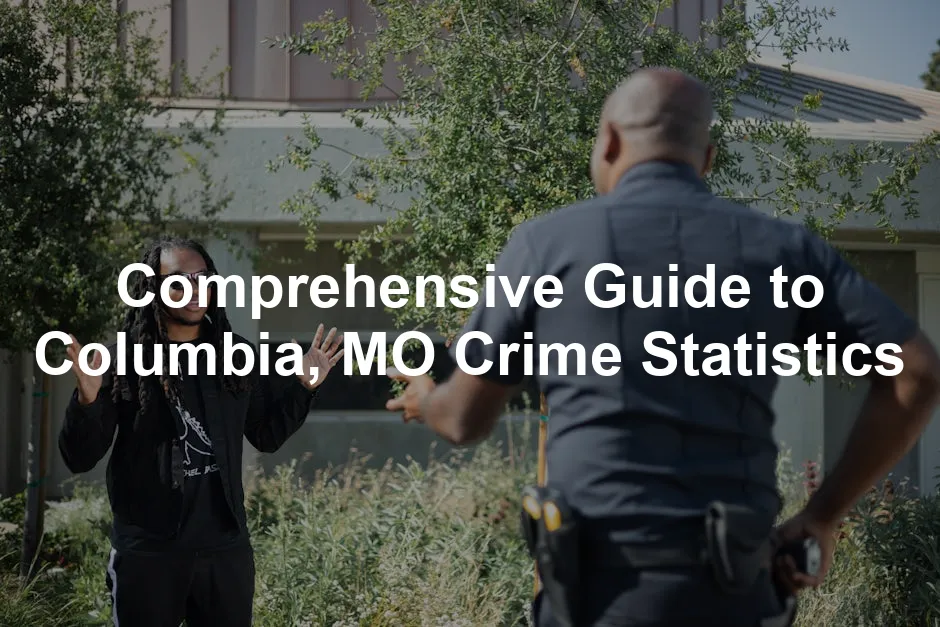Introduction
Columbia, Missouri, often known for its vibrant community and educational institutions, faces a serious issue: crime. For residents, potential movers, and researchers, understanding the crime statistics in Columbia is essential. These numbers paint a picture of safety and security in the city, influencing decisions about where to live, work, and study.
Crime data is not just a collection of numbers; it’s a tool for community safety and urban planning. By grasping crime rates and trends, city planners and law enforcement can make informed decisions. This insight allows for better resource allocation, targeted community programs, and ultimately, a safer environment for everyone.
Speaking of safety, why not arm yourself with a Personal Safety Alarm Keychain? It’s a handy little device that can make a loud noise to scare off unwanted attention. Perfect for those late-night walks when the only thing you want to encounter is your cat and not a lurking shadow!
In this article, readers can expect a detailed overview of current crime statistics in Columbia, MO. We’ll explore historical trends to see how crime has changed over the years, compare Columbia’s crime rates with those of nearby cities, and delve into community perceptions of safety. Are residents feeling secure, or do they have lingering concerns? Let’s find out together.

Columbia, MO Crime Statistics Overview
Current Crime Rates
Columbia’s violent crime rate currently stands at 26.7 incidents per 100,000 residents. This figure is notably higher than the national average, which rests at 22.7. It’s a stark reminder that, despite its charm, Columbia is not immune to violent crime.
When we shift our focus to property crime, the statistics tell a similar tale. The property crime rate in Columbia is 45.8 per 100,000 residents, significantly above the national average of 35.4. This includes a variety of offenses, such as theft, burglary, and motor vehicle theft, all of which have seen an uptick in reports.
To ensure these numbers are accurate, we rely on reputable sources like the FBI and local police departments. Their comprehensive data collection methods provide a clear picture of the safety landscape in Columbia.
Now, if you’re looking to keep your valuables safe at home, consider investing in a Home Safe for Valuables. Because let’s face it, the only thing that should be disappearing from your home is the clutter, not your prized possessions!
Columbia’s crime rates serve as a wake-up call. It’s crucial for residents to stay informed and vigilant. Understanding these statistics can empower the community to advocate for necessary changes and improvements in safety measures.
For more insights into crime data, check out the Columbia MO crime statistics.

Breakdown of Crime Categories
Violent Crimes
Violent crimes include serious offenses that directly harm individuals. In Columbia, MO, these are categorized as follows:
- Murder: The most severe category, reflecting lives lost. Columbia reported 11 homicides in 2022, a significant increase from previous years.
- Rape: This category saw 91 reported incidents, highlighting ongoing concerns about safety in the community.
- Robbery: With 65 cases recorded, this crime involves taking property through force or threat.
- Assault: The most common violent crime in Columbia, with a staggering 436 incidents. This includes both aggravated and simple assaults.
When we look at trends, violent crime has fluctuated over the years. While 2022 saw a spike in murder rates, overall violent crime dipped slightly by 3.2% compared to the previous year. However, the persistent high rates of assault raise red flags for community safety.

Property Crimes
Property crimes involve offenses that do not directly harm individuals but violate their rights to own property. In Columbia, they include:
- Burglary: This refers to unlawful entry into a building with intent to commit a crime. In 2022, Columbia reported 397 burglaries.
- Theft: With 2,487 cases, theft is the most prevalent property crime. This includes shoplifting and other forms of stealing.
- Auto Theft: A significant concern for residents, this crime accounted for 459 incidents in 2022.
The property crime rate in Columbia is 3,343 per 100,000 residents, considerably higher than the national average. The trend indicates a 6.2% increase in property crimes year-over-year, underscoring the need for vigilant community measures.
To combat these property crimes, consider installing Home Security Camera System. This way, you can keep an eye on your property, even when you’re not home. Because nothing says “I’m watching you” like a camera that’s actually watching!

Visual Aids
To help visualize these statistics, infographics and tables can be extremely beneficial. A table summarizing the reported crimes alongside their year-over-year trends could provide clarity. Additionally, pie charts illustrating the proportions of violent versus property crimes would enhance understanding. Visual aids serve as quick references for assessing crime categories and trends, making complex data more digestible for readers.
In summary, understanding the breakdown of these crime categories is crucial for residents and policymakers alike. It helps identify areas needing attention and informs strategies for improving community safety. As we progress through this article, we will delve deeper into historical crime trends to gain a broader perspective on Columbia’s safety landscape.

Comparison with Nearby Cities
Crime Rates Comparison
When it comes to crime rates, Columbia, MO, presents some intriguing numbers compared to its neighbors. For example, Ashland, with a population of about 3,956, has a violent crime rate of 75.5 per 100,000 residents. In stark contrast, Hallsville boasts a remarkable zero violent crimes, making it a safe haven with a property crime rate of just 452.8 per 100,000. Meanwhile, Fulton, with a population of around 12,904, has a higher violent crime rate of 225.6 per 100,000.
Columbia’s own violent crime rate stands at 26.7 per 100,000, which, while lower than Fulton’s, is still above the national average. Property crimes in Columbia are also notably high at 3,343 per 100,000 residents, surpassing both Ashland and Hallsville. This paints a picture of a city grappling with its safety issues, while nearby towns enjoy relatively peaceful environments.

Contextual Analysis
The differences in crime rates among these cities can be traced back to several factors. First, population size plays a critical role. Columbia, with its larger population of approximately 123,586, tends to have higher crime rates, simply due to a greater number of people. More people often means more opportunities for crime, which can skew statistics.
Economic conditions also contribute significantly. Columbia has a poverty rate of about 20.2%, higher than the national average. This economic stress can lead to increased property crimes as individuals may resort to theft or burglary out of desperation. In contrast, smaller towns like Hallsville may have lower poverty rates, contributing to their serene crime landscapes.
Community programs are another aspect worth considering. Columbia has various initiatives aiming to improve safety and foster community engagement, yet the effectiveness of these programs can vary. Smaller towns might have tighter-knit communities, leading to more proactive measures against crime. The combined effect of these factors creates a diverse landscape of crime rates across Columbia and its neighboring cities.

Community Perceptions of Crime
Resident Opinions on Safety
Survey data reveals a mixed bag of feelings among Columbia residents regarding safety. A recent survey indicated that 32% of participants felt there was very little crime in the city, while a staggering 68% expressed concerns. Many residents hesitate to walk alone at night, underscoring a prevailing anxiety about their safety.
Particularly concerning are the prevalent fears surrounding theft and violent crime. Many locals worry about property crimes, especially theft, which has seen a significant increase in recent years. The high property crime rate of 3,343 per 100,000 residents amplifies these fears, leading residents to feel vulnerable in their own neighborhoods.
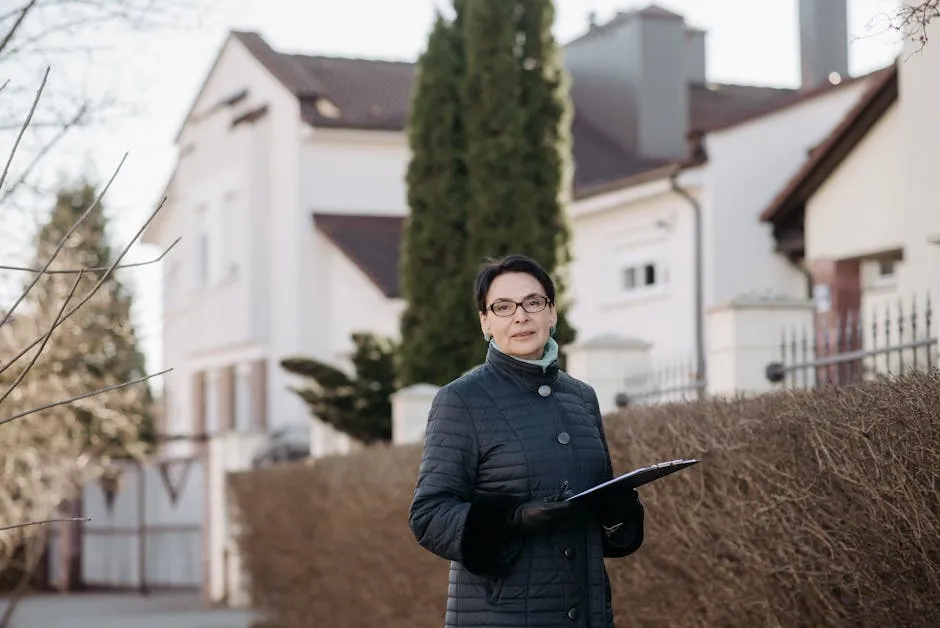
Discussion of Anxiety
The underlying anxiety amongst residents can be traced to various factors. Reports of violent crime, including a notable spike in assaults and thefts, have heightened residents’ concerns. The fear of becoming a victim is palpable, with many expressing worries about both petty theft and more serious offenses.
Interestingly, the perceptions of safety can differ based on specific neighborhoods. For instance, areas with higher police visibility often promote feelings of security, while those lacking in law enforcement presence leave residents feeling exposed. The community’s overall anxiety is not just about statistics; it’s about real, lived experiences.
In summary, while Columbia offers a vibrant lifestyle, the crime statistics and community perceptions reflect a pressing need for residents to remain vigilant. Understanding these dynamics can help foster a stronger, more informed community response to crime. As Columbia continues to address its safety challenges, the voices of its residents become pivotal in shaping a secure future.

Impact of Crime on Daily Life
Living in Columbia, MO, has its ups and downs. While many enjoy the vibrant culture and community spirit, crime casts a shadow on daily life. Residents have shared their personal accounts, shedding light on their experiences with crime in the city.
Jamie, a lifelong Columbia resident, remarks, “I love the outdoor activities here, but I always feel a twinge of anxiety when walking home at night. You never know who might be lurking around.” Her words resonate with many who feel a mix of fondness for their city and frustration over safety concerns.
Jodi, another local, expresses her disappointment: “Columbia has great parks, but I’ve seen too many reports of theft in my neighborhood. It makes you think twice about leaving your door unlocked.” Her sentiment echoes the worries of others about property crimes, which have surged.
Nathan, who moved away after a year, shares a more severe perspective: “I felt like I was living in a city overwhelmed by issues—homelessness and crime. The police response was lacking, leaving me uneasy.” This feeling of vulnerability isn’t uncommon among residents, fueling a strong desire for change.
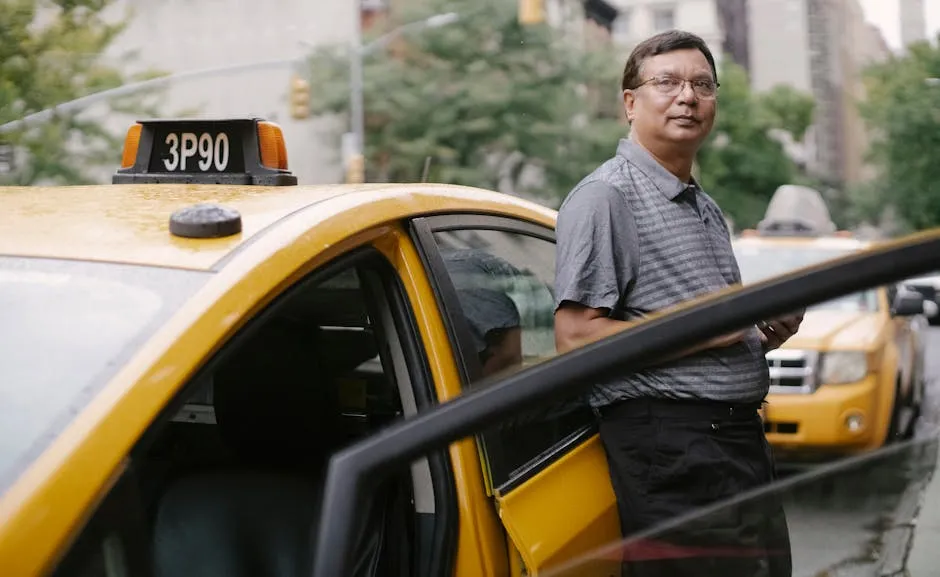
Community Initiatives
In light of rising crime rates, Columbia has launched several community initiatives. These programs aim to enhance safety and foster a sense of camaraderie among residents. The Columbia Police Department has introduced neighborhood watch programs, encouraging locals to keep an eye on each other. These initiatives empower residents to take an active role in their community’s safety.
Another initiative is the “Safe Streets” campaign, focusing on education and awareness. The program hosts workshops on crime prevention strategies and self-defense classes, equipping residents with the tools they need to feel secure. If you’re interested in self-defense, check out Self-Defense Training Equipment to get started!
Moreover, community forums allow residents to voice their concerns directly to law enforcement. These gatherings create an avenue for dialogue, enabling police to address specific community needs and build trust. By working together, Columbia aims to combat crime and restore a sense of safety for all its inhabitants.
In summary, while crime impacts daily life in Columbia, community resilience shines through. Personal accounts highlight concerns, but proactive initiatives offer hope for a safer future. Residents and law enforcement are joining forces to tackle crime, ensuring Columbia remains a place to call home.
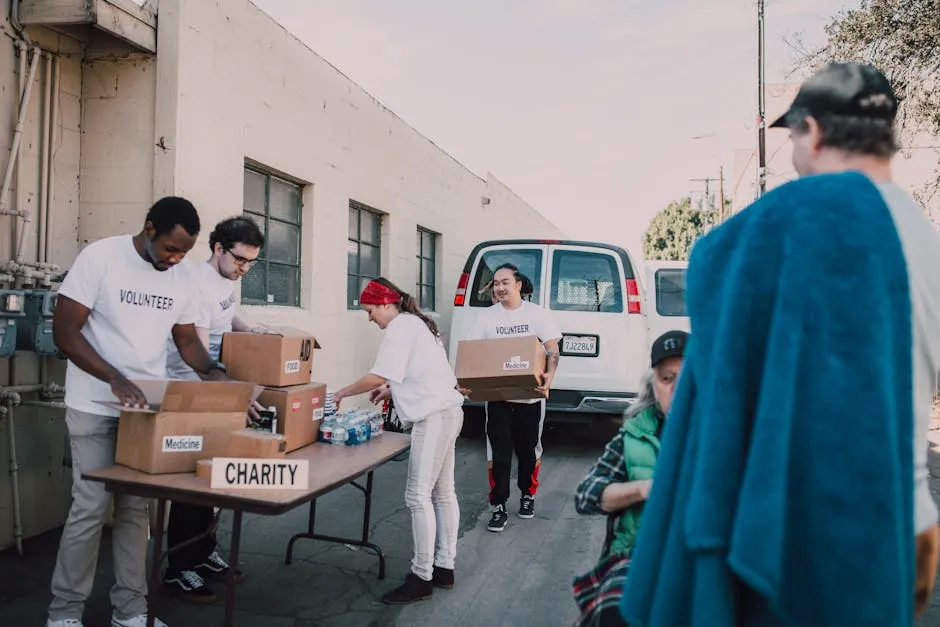
Law Enforcement and Community Response
Law Enforcement Overview
When it comes to safety, law enforcement plays a critical role. In Columbia, the police presence is a topic of ongoing discussion. The city has 183 law enforcement employees, which translates to approximately 1.7 officers per 1,000 residents. This figure is notably lower than the Missouri average of 3.7 officers per 1,000, raising concerns about adequate police coverage.
Response effectiveness is another crucial aspect. Community perceptions vary widely. According to a recent survey, 38% of residents feel the police are very visible and responsive. However, 26% believe the police are visible but respond slowly when needed. A smaller group, 21%, feels the police are not around much but arrive quickly when called. This mix of opinions illustrates the community’s nuanced relationship with law enforcement.
Speaking of safety, consider investing in a Smart Lock for Doors. It not only adds an extra layer of security but also gives you the peace of mind to know you can lock your door from anywhere. Because who wants to run back home just to check if they locked the door?
The effectiveness of police response can significantly impact residents’ perceptions of safety. Many locals express a desire for increased visibility and quicker responses to incidents. Anecdotes from residents reveal a spectrum of experiences. For instance, some feel reassured by regular patrols in their neighborhoods, while others lament the lack of police presence in high-crime areas.
To bridge this gap, Columbia’s police department is focusing on community engagement. By holding public safety meetings and collaborating with local organizations, they aim to foster a stronger relationship with residents. These efforts can enhance trust and improve perceptions of law enforcement.
In summary, while Columbia’s police presence may be lower than desired, ongoing community engagement efforts show promise. By building trust and enhancing responsiveness, law enforcement aims to create a safer environment for all residents.
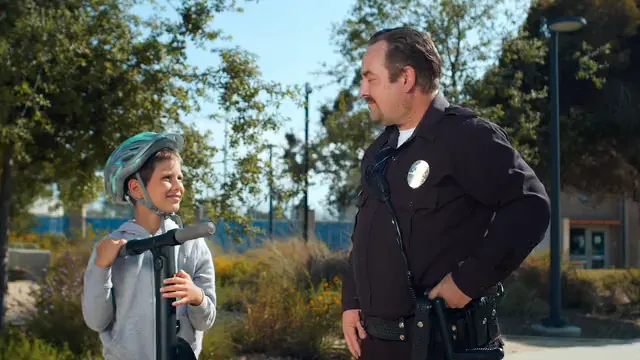
Community Engagement
Programs and Initiatives
In Columbia, MO, community engagement is key in combating crime. The Columbia Police Department has initiated various programs aimed at building strong relationships with residents. One standout initiative is the Neighborhood Watch Program, where residents collaborate to monitor their neighborhoods. It’s like having an extra set of eyes—and ears—on the street. This program empowers locals to report suspicious activities, creating a sense of ownership over their community.
Another notable initiative is the Community Policing Program. Officers actively engage with residents by attending community events, hosting safety workshops, and providing crime prevention tips. This approachable strategy encourages open dialogue, allowing citizens to voice their concerns directly to law enforcement. It’s all about teamwork—after all, crime-fighting is a community affair!

Public Safety Campaigns
Public safety campaigns are another vital tool in Columbia’s crime reduction strategy. Recently, the police department launched the “Safe Streets” campaign, focusing on educating residents about crime prevention. Through workshops and informational sessions, the campaign addresses topics like home safety, personal security, and emergency preparedness. If you want to be prepared for emergencies, consider getting an Emergency Preparedness Kit to ensure you’re ready for anything!
In addition, the department often utilizes social media to share safety tips and updates. This digital presence keeps the community informed and engaged. For instance, during high-crime periods, the police may issue alerts and advice through platforms like Facebook and Twitter, ensuring everyone is on the same page.
These proactive measures foster a culture of safety and vigilance in Columbia. By involving the community and providing valuable resources, law enforcement is not just responding to crime—they’re working to prevent it before it happens. Together, residents and police can create a safer, stronger Columbia.
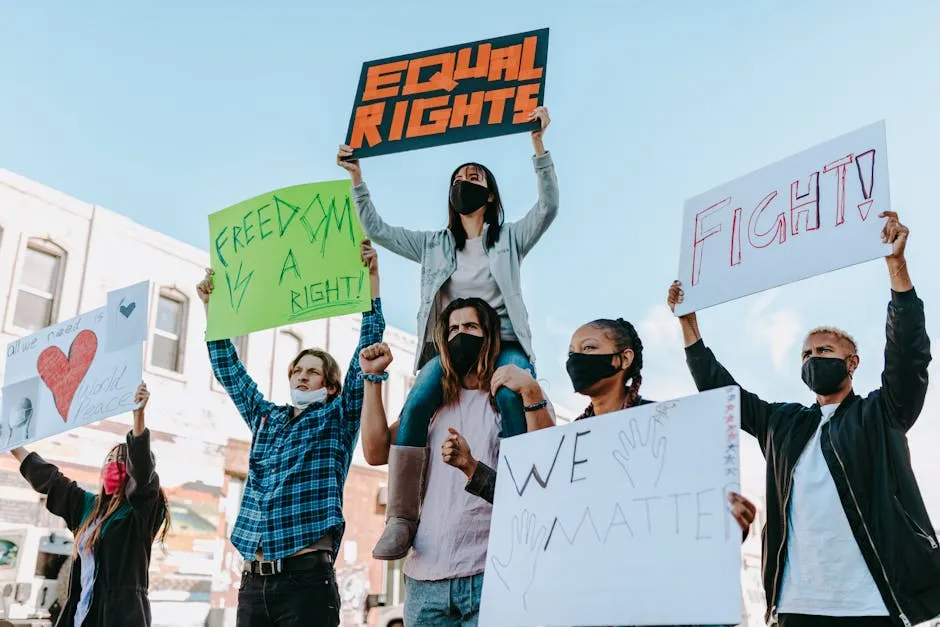
Conclusion
Understanding crime statistics is crucial for Columbia’s residents. It shapes perceptions and informs safety measures. The data reveals not just numbers, but stories of the community’s challenges and triumphs. From the increasing violent crime rate to the rising property crimes, Columbia’s safety landscape demands attention.
Continuous monitoring of crime trends allows local authorities to adapt strategies. Ongoing engagement with the community fosters trust and cooperation. This connection is essential for effective crime prevention. The more informed residents are, the better equipped they become to advocate for their safety.
It’s important for residents to stay involved in community discussions. Engaging with local law enforcement can lead to meaningful changes. Attend town hall meetings and share your concerns. Knowledge is power, and an informed community is a safer one.
So, let’s take action! Stay informed about crime in your area. Participate in neighborhood watch programs and attend safety workshops. Together, we can create a vibrant and secure community. Columbia can thrive as a safe haven for all its residents.
FAQs
What is the current crime rate in Columbia, MO?
Columbia’s current crime rate is notably concerning. The latest statistics indicate a violent crime rate of 26.7 incidents per 100,000 residents, exceeding the national average of 22.7. Property crimes are also high, with a rate of 45.8 per 100,000 residents compared to the national average of 35.4. This data highlights the importance of community vigilance.
How does Columbia’s crime rate compare with other cities in Missouri?
When comparing Columbia with similar-sized cities, it stands out for its higher crime rates. For example, Ashland has a violent crime rate of 75.5 per 100,000, while Hallsville reported zero violent crimes. In contrast, Columbia’s rates reveal significant safety concerns that residents must address.
What are the safest neighborhoods in Columbia, MO?
Safe neighborhoods in Columbia include areas like Old Southwest, known for its low crime rates and friendly atmosphere. East Campus is another area with a strong community watch presence and active resident involvement. These neighborhoods provide residents with a heightened sense of security.
How can residents contribute to crime prevention in Columbia?
Residents can play a vital role in crime prevention. Joining neighborhood watch programs allows locals to collaborate with law enforcement. Attending community safety workshops also equips residents with valuable tools to protect themselves and their properties.
Where can I find more detailed crime reports for Columbia, MO?
For detailed crime reports, residents can visit the Columbia Police Department’s official website. They provide access to crime statistics, safety resources, and community engagement initiatives. Additionally, the FBI’s Uniform Crime Reports can offer broader insights into national and local crime trends.
Please let us know what you think about our content by leaving a comment down below!
Thank you for reading till here 🙂
All images from Pexels

